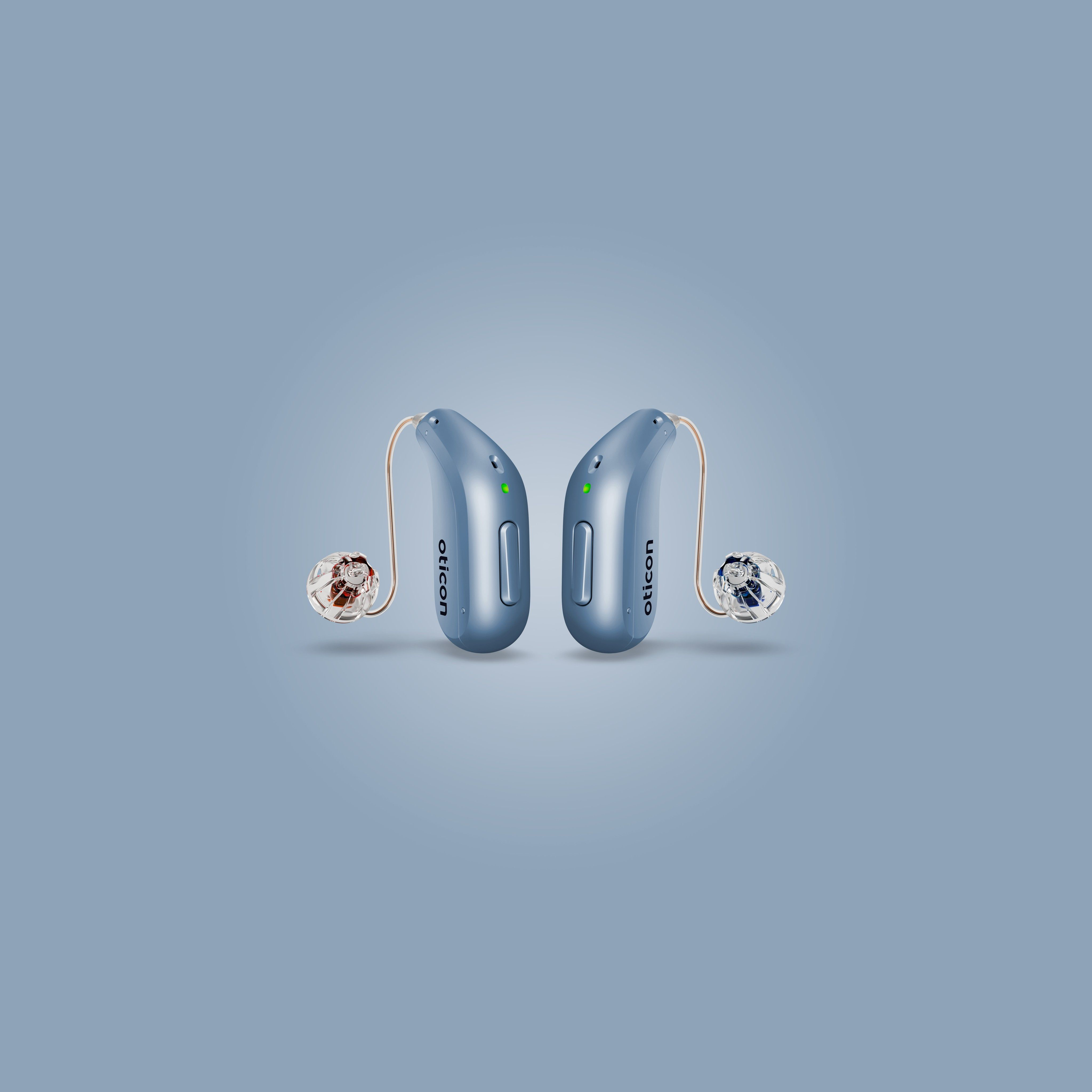Q&A with Virginia Ramachandran: New Oticon Intent™ with Sensor-driven BrainHearing™ Technology

Virginia Ramachandran: At Oticon, we recognize the brain’s exceptional sound processing abilities. Our BrainHearing™ philosophy is the foundation for the technology we’ve been building for more than a decade. This approach guides us and helps us make life-changing technology, like Oticon Intent™, a reality.
Oticon Intent is the world's first hearing aid with user-intent sensors. It runs on our new Sirius™ platform, the engine that enables all Oticon Intent features including an embedded motion sensor to detect head and body movements and several acoustic sensors to detect sound level, signal-to-noise ratio and conversation activity.
AudiologyOnline: Can you explain how these relate to the user’s listening intentions?
Virginia Ramachandran: The user-intent sensors are designed to capture normal communication behaviors that our patients engage in all day long. The sensors use those behaviors to tailor the response of the hearing aids appropriately. We’ve had acoustic sensors for many years that let hearing aids respond to the acoustic environment. Traditional hearing aids understand sound but not the user. They apply a one-size-fits-all approach to sound processing. But we know you can’t treat all users the same way. Only by understanding each user’s listening intention can we provide truly personalized support - empowering them to engage in life and communicate with ease.
AudiologyOnline: How do the sensors in Oticon Intent work?
Virginia Ramachandran: The 4D Sensor technology captures a combination of four different factors to recognize when a user’s listening needs change and to adapt accordingly to provide greater access to sounds and speech. One factor is the acoustic environment. The others are conversation activity, body movement and head movement.
In real life, your brain captures many sources of information when you communicate. Your brain is capturing auditory information, but it also captures information from other sources, like visual cues to really understand what is being communicated. Now, with Oticon Intent, we can allow the hearing aids to capture additional useful information so that they can deliver the right support at the right time.

You can understand a person's communication behaviors by looking at things like body movement. For example, the up-and-down motion from walking or running might indicate the need for more access to surrounding sounds. You might want less speech and noise support at that moment. Horizontal head movements may indicate that a person is involved in a conversation with multiple people and needs more support in noise. If there are no head movements and the user is not moving, but there is conversation activity and they are in a difficult acoustic environment, then they're going to need the maximum amount of support in noise. That's the idea behind being able to capture these normal communication behaviors.
Using the 4D Sensor technology resulted in a 15% improvement in speech comprehension compared to the same hearing aid with the 4D Sensor technology off.i Increasing access to sounds, having the ability to monitor what's going on and then focusing in provide the extra benefit and comprehension. These results suggest that 4D Sensor technology offers additional benefit in one-to-one conversations but enables users to engage around them as well.
Additionally, the rapid and effective sound processing of MoreSound Intelligence™ 3.0, with up to 12 dB noise suppression, provides higher clarity and better balance. Coupled with the new 4D Sensor technology, this allows Oticon Intent to deliver an astounding 35% more access to speech cues in an intimate conversation compared to our previous premium hearing aid, Oticon Real.ii
AudiologyOnline: Where can we learn more about Oticon Intent?
Virginia Ramachandran: To learn more about Oticon Intent visit Oticon.com. Discover the entire portfolio of Oticon hearing aids with BrainHearing technology at Oticon.com.
i Bianchi/Eskelund et al. (2024). Oticon Intent™ – Clinical evidence. BrainHearing™ benefits of the 4D Sensor technology. Oticon whitepaper.
ii Brændgaard/Zapata-Rodríguez et al. (2024). 4D Sensor technology and Deep Neural Network 2.0 in Oticon Intent™. Technical review and evaluation. Oticon whitepaper.


